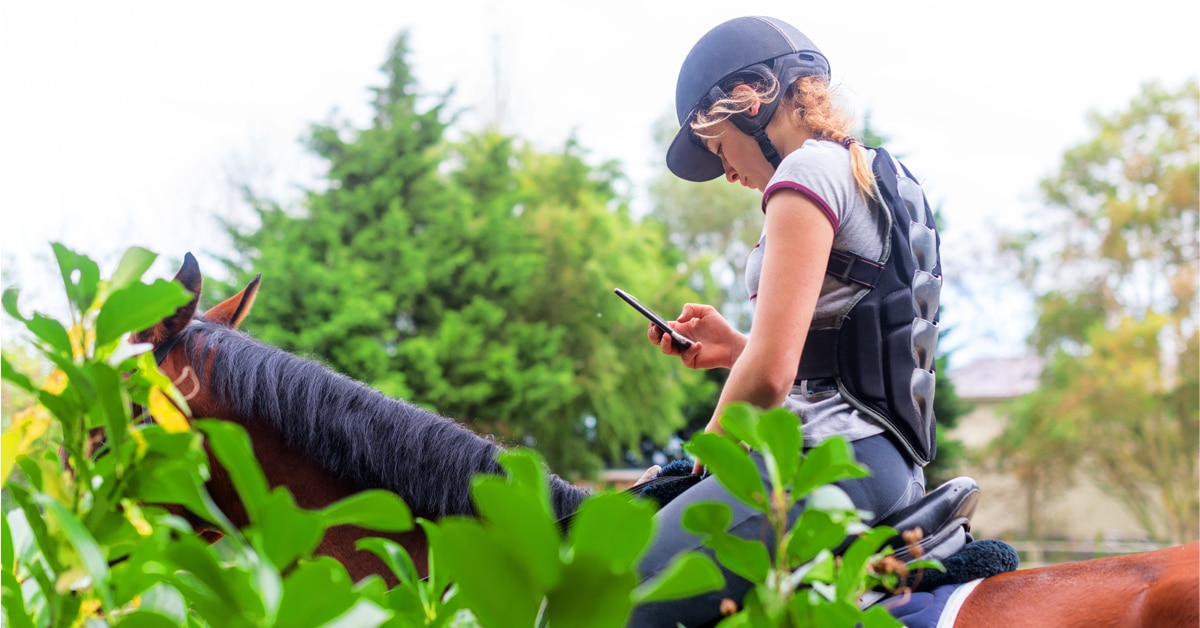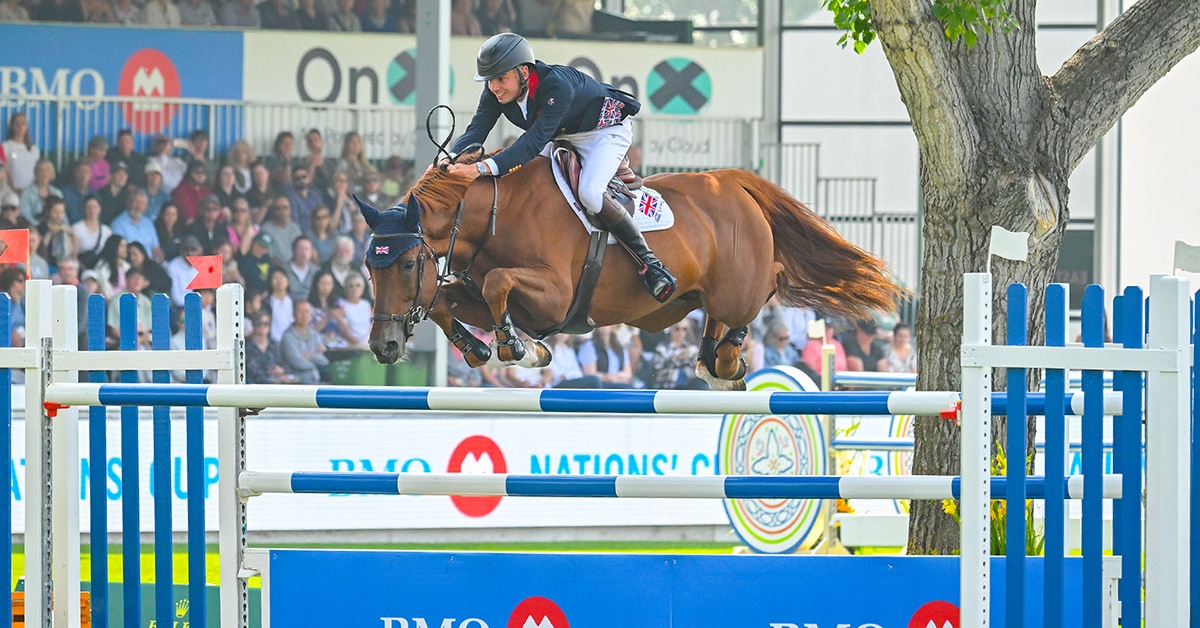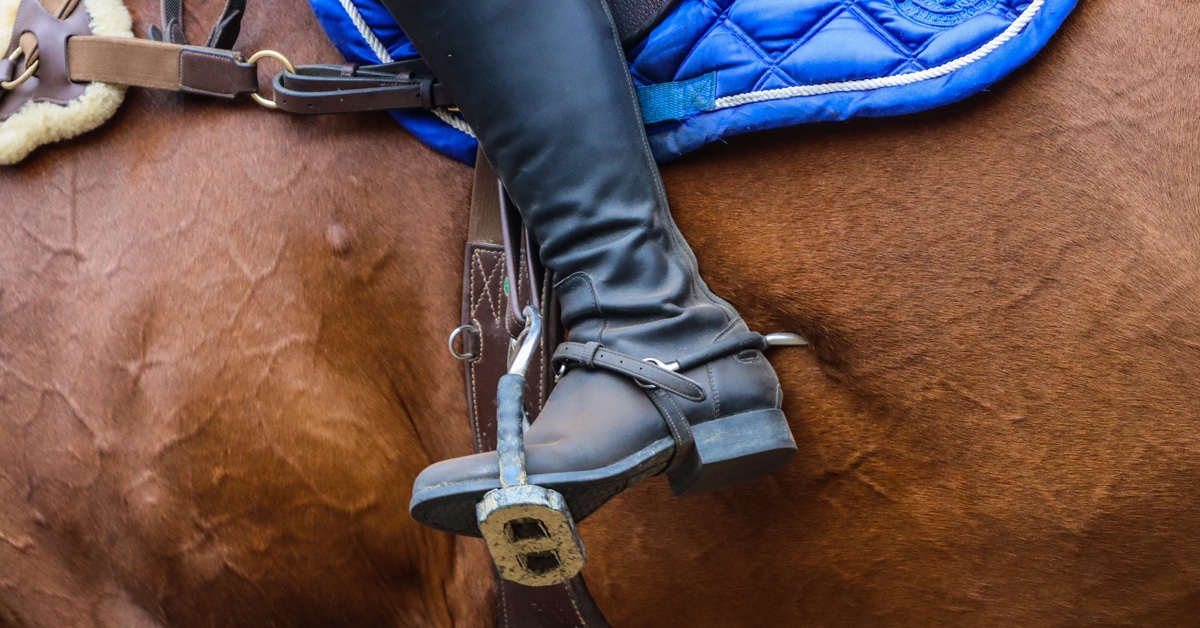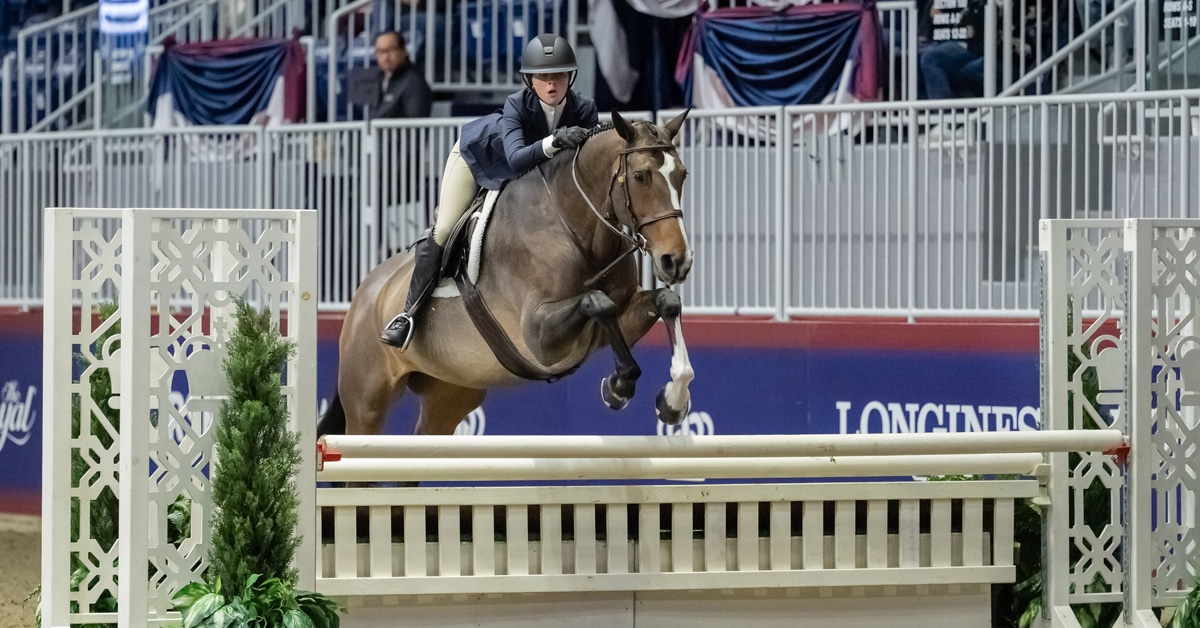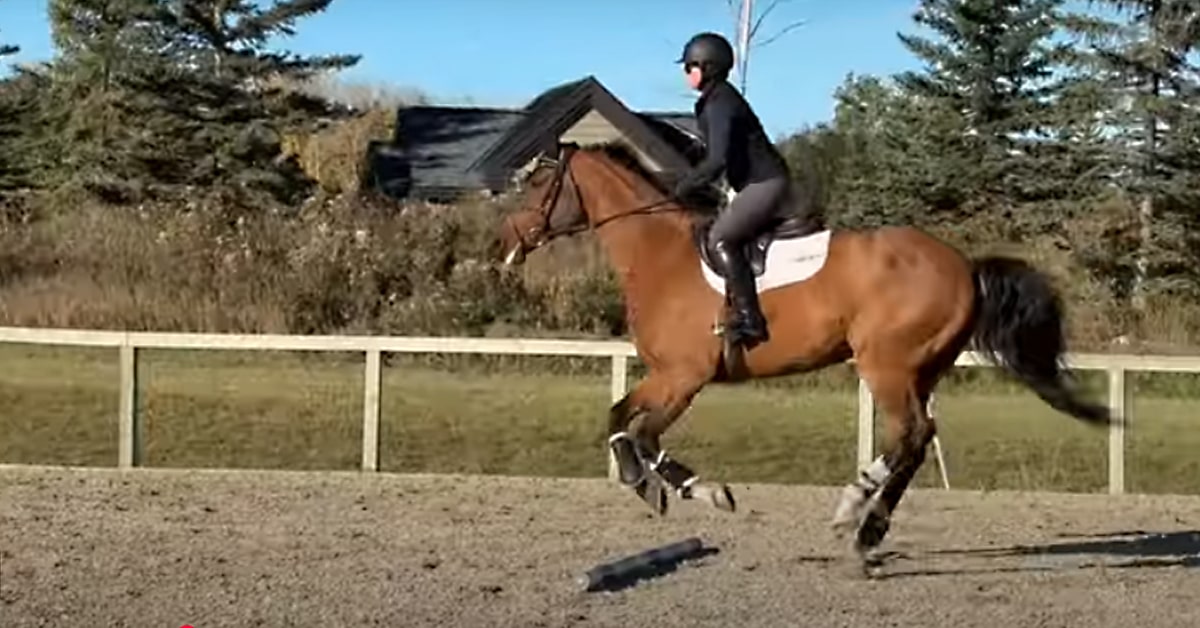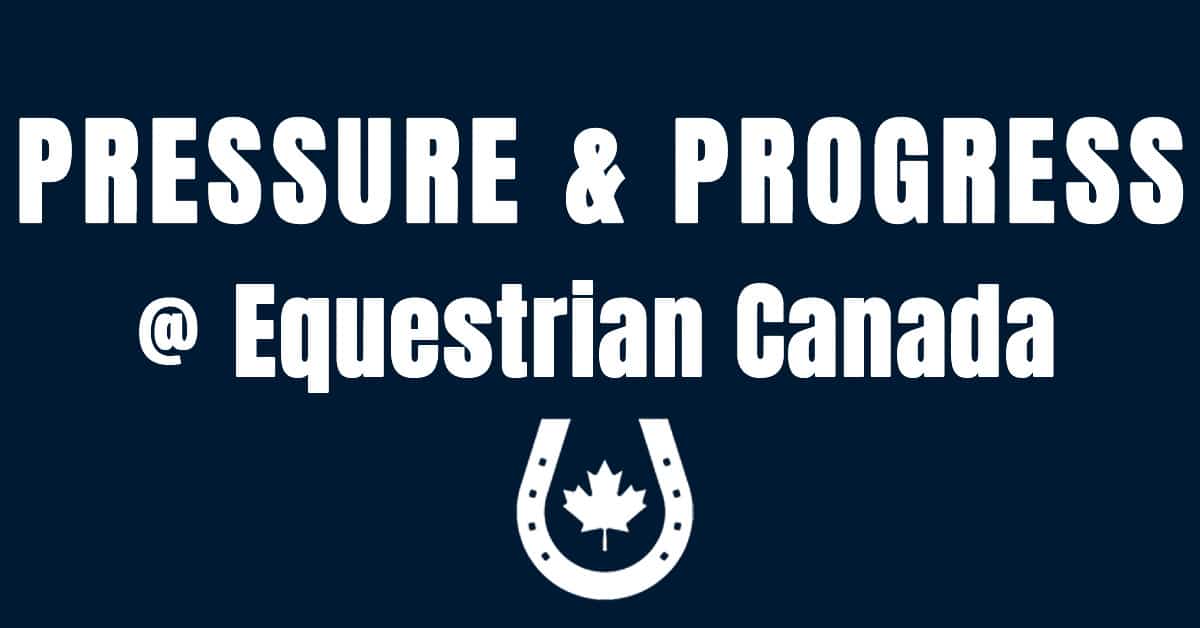Equestrian Canada is under pressure. EC has experienced declining government support over the last 20 years, coupled with increased costs due to new federal regulations. The combination has placed an enormous financial burden on the organization at a time when all costs are on the rise. Despite these setbacks, however, EC has managed to achieve some significant milestones.
An important source of revenue is the Government of Canada via Sport Canada whose funding of all sports has been stagnant for over two decades and has failed to match inflationary pressures. Specifically, EC’s funding has dropped from $1.31 million in 2010 to $1.1 million in 2025 amid a 36% inflation increase. Own The Podium’s support, which had been $985,000 for the Tokyo Olympic quadrennial, was withdrawn entirely for the Paris quadrennial for the Olympic disciplines. Funding for our Paralympic program has continued but stayed relatively consistent at $1 million for the Tokyo and Paris quadrennials.
This situation is not unique to EC; all National Sport Organizations (NSOs) are in the same boat. In fact, sports reporter Donna Spencer, writing for the Associated Press, penned an article this past February titled “Scarcity behind the medals: Canada’s national sport organizations running deficits” which notes:
Survey data indicates 80 per cent of NSOs are skipping competitions athletes would normally attend, 70 per cent have paused, scaled back or eliminated programming, 90 per cent have reduced or eliminated training camps and 80 per cent have increased athlete fees, said [Canadian Olympic Committee] CEO David Shoemaker.
“This is not guesswork. We had Deloitte run a study, and it’s now gotten to the point where Deloitte’s forecast shows that these NSOs will run an aggregate deficit of $329 million over the next five years,” Shoemaker said.
To counter these pressures, EC is innovating to streamline operations and improve efficiencies. Plans to leverage Artificial Intelligence will automate administrative tasks including license applications, competition reports, and medication documentation, enhancing customer service and reducing processing times. Additional savings will come from collaborating with other National Sport Organizations (NSOs) for cost-effective arrangements in travel, insurance, and accommodations.
“Technology is becoming an essential part of how organizations, both nonprofit and for-profit, meet the evolving needs of their communities,” said EC CEO Meg Krueger. “By thoughtfully combining human connection with the power of machine learning, we can use our limited resources more effectively — making space for innovation, growth, and meaningful impact.” In line with these innovations, EC underwent a 10% staffing reduction earlier this year. Although this may temporarily affect service levels, the outcome promises greater efficiency and cost-effectiveness.
Additionally, EC is actively expanding revenue streams. Sue Bundy, appointed Director, Brand & Commercial, spearheads fundraising initiatives, forging meaningful partnerships with individual donors, sponsors and foundations. Fundraising events such as the Red & White parties have successfully raised significant funds for high-performance teams.
Remarkably, in spite of the declining funding and increased policy requirements, EC has marked some major milestones including the launch of National Rankings, increased numbers of licensed coaches and officials, introduced a national Horse ID program, and achieved remarkable Olympic team qualifications for Paris 2024. These achievements demonstrate the dedication and passion of EC’s volunteers, athletes and staff, realizing long-discussed goals and laying the groundwork for future success.
Notably, for the first time since 2000, Canada qualified full Olympic and Paralympic equestrian teams for the Paris Games—three Olympic teams and one Paralympic team, a feat unseen in over two decades. During the Games, EC helped 15 athletes, horses and support staff with accommodation, travel, and administrative support.
Another key achievement is the new national rankings system. After considerable advocacy from stakeholders, EC brought this essential function in-house, creating technology that standardizes rankings for hunter/jumper, dressage, and eventing at Gold and Platinum levels, with endurance expected to join within two years. This system provides athletes nationwide visibility, enabling organizers to offer pathways for competition, such as the national hunter/jumper championships at The Royal Agricultural Winter Fair, and dressage/para dressage championships at Thunderbird and Bécancour.
Coaching has also experienced transformative change. In 2020, EC launched the Coach Status program, recognizing registered and licensed coaches. This initiative professionalizes equestrian coaching roles and aligns the sport with federal Sport Canada standards. Over 2,000 coaches are registered, with around 70% fully licensed. EC aims to finish 2025 with 2,500 coaches with Coach Status.
In 2024, EC introduced the provincially-delivered HP1 coach certification which is the competition development context within the National Coaching Certification Program (NCCP)—the highest equestrian coaching credential available. Delivered by provincial partner Ontario Equestrian and led by Master Coach Developer Ruth Allum, a cohort of 17 coaches from six provinces (plus one from the UK) are collaborating virtually and in-person. This high-level training ensures riders across Canada have access to the best coaching.
Simultaneously, EC expanded its pool of Canadian officials to address the challenge of an aging demographic. Exceeding their target, EC onboarded 65 officials under age 50 across various disciplines last year, significantly enhancing future competition integrity and fairness.
Moreover, EC recorded considerable growth in FEI-sanctioned competitions, notably an 80% increase in FEI dressage entries and a 33% rise in jumping competitions at the 1* and 2* levels. These accessible international events provide invaluable experience to Canadian riders domestically.
The recent launch of the Canadian Horse Identification Program (CHIP) marked another significant advancement. This microchipping and database tracking initiative aligns with global livestock identification standards. The program’s partnership with Canadian Warmblood Horse Breeders Association already enrolls foals, allowing breeders to integrate EC-recognized horse recordings into their registration packages—a game-changer for herd management and sport horse development.
The last four years represent a significant journey marked by innovation amid adversity. EC has effectively positioned itself for its next strategic plan, the upcoming Vision 2028, poised for continued growth and increased support across Canadian equestrian sport.
Watch for the next article: Defining the Role of a Modern Equestrian Canada
The Latest
